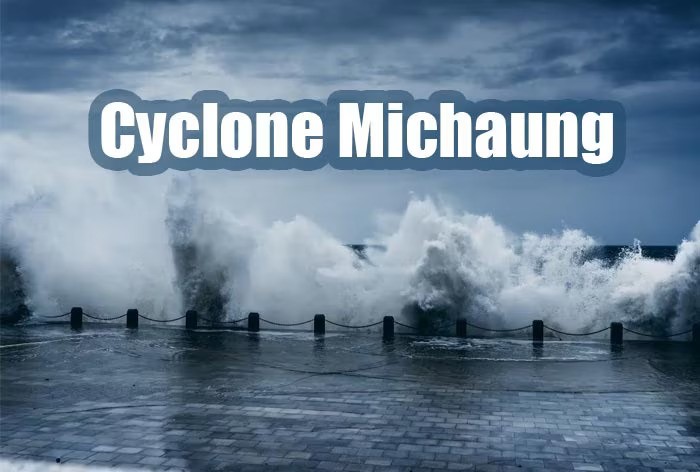Free Courses Sale ends Soon, Get It Now


Free Courses Sale ends Soon, Get It Now



Disclaimer: Copyright infringement not intended.
Context
About
what is a cyclone?
What are extratropical cyclones?
What are tropical cyclones?
|
PRACTICE QUESTION Examine the frequency, causes, and implications of cyclones in the Arabian Sea. How do these cyclones impact the coastal regions and the socio-economic fabric of the surrounding countries? |
© 2024 iasgyan. All right reserved